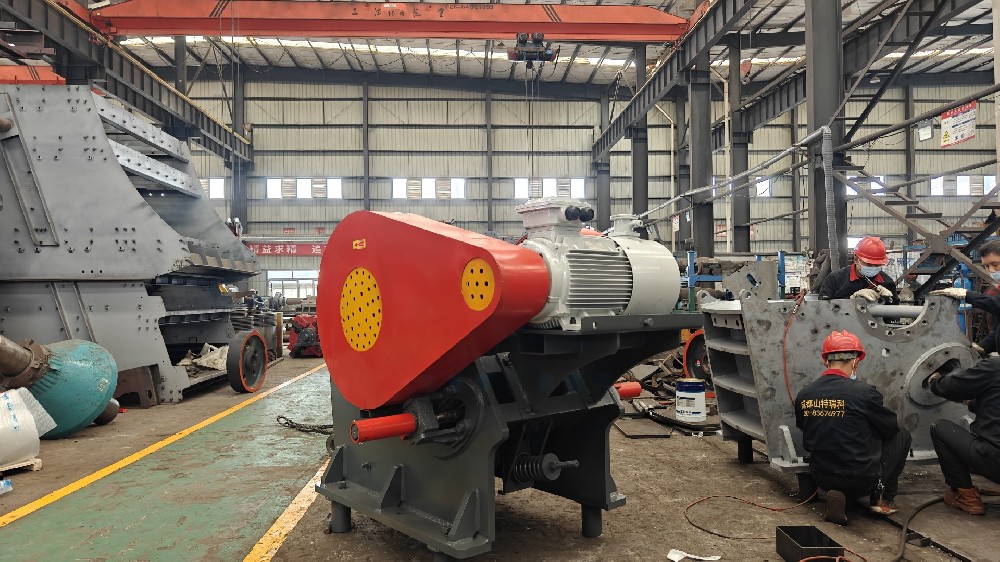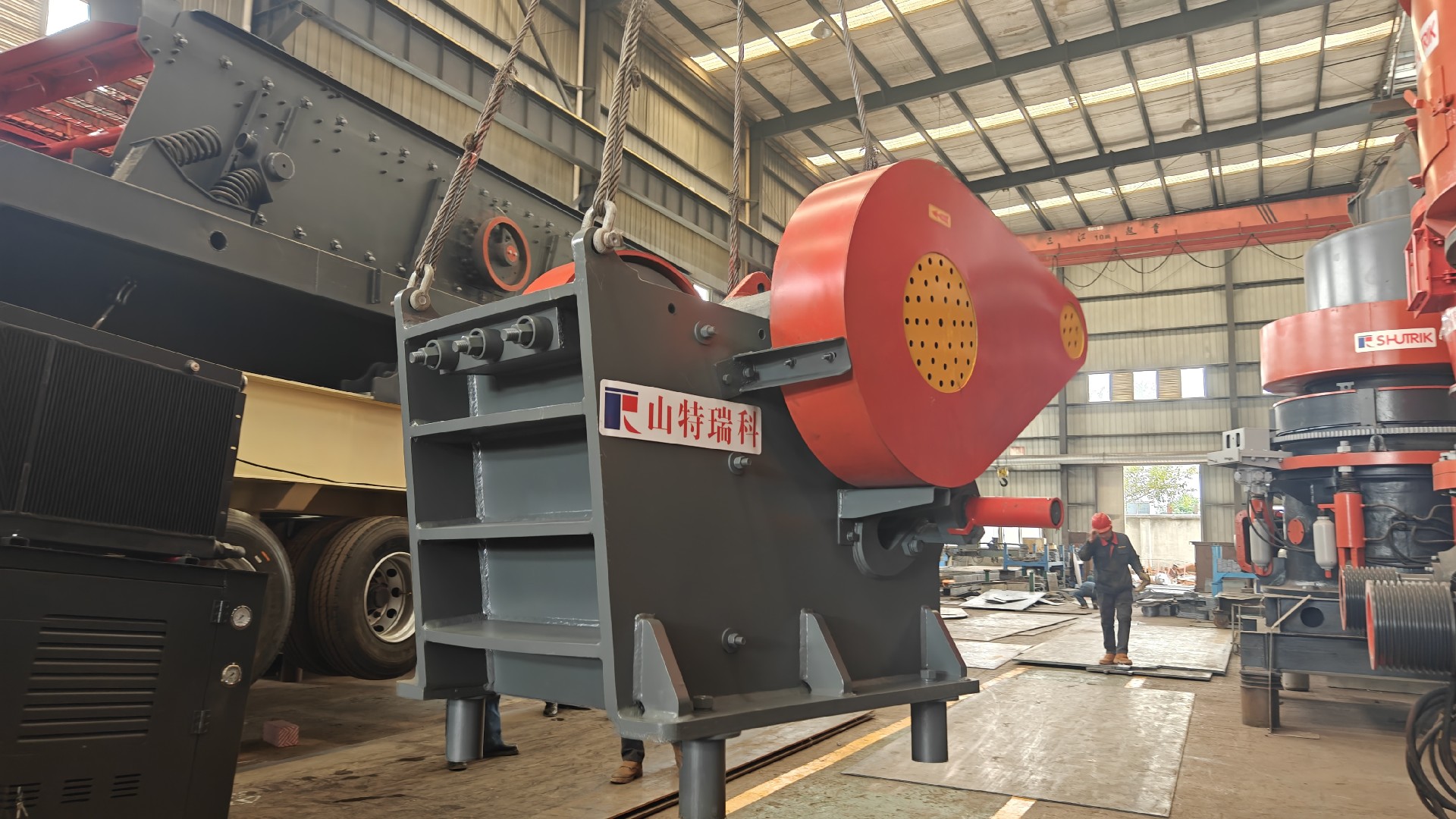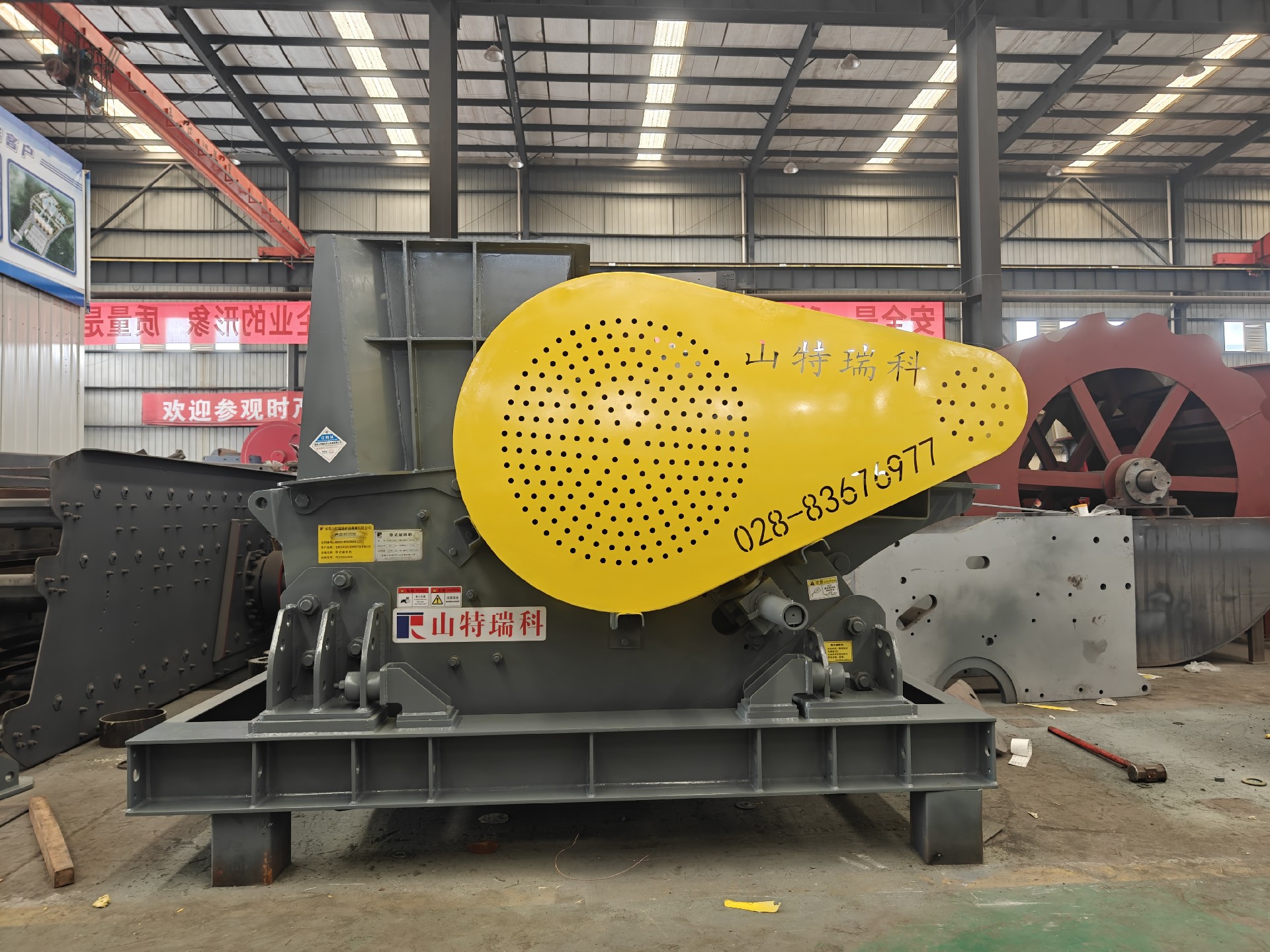What is a jaw crusher:
The jaw crusher is a commonly used crushing equipment with a simple structure and strong durability. It is commonly used in mining, building materials, and other industries. It works efficiently by squeezing and crushing materials between the moving jaw and the static jaw.
When crushing ore or making building materials, make sure the process runs smoothly. This will help achieve the best crushing results. Be sure to choose the right model. This article discusses the factors for choosing a jaw crusher model.
Factors affecting the model of jaw crusher
1: Material hardness:
For softer materials like limestone and gypsum, you can choose a smaller model and a lower power jaw crusher. For example, the PE-150×250 jaw crusher has a feed port size of 150mm×250mm. This size is better for processing small block materials that are softer. It can process 1-3 cubic meters per hour.
For exceptionally hard materials like granite and quartz stone, you need to choose a model with more crushing force.
For example, the PE-600×750 jaw crusher has a feed opening size of 600mm×750mm. Its crushing chamber design and power setup can handle high-hardness materials. It can process about 80 to 240 cubic meters per hour.

2: Humidity:
If the material is very wet and contains a lot of water, such as clay ore, you should select a jaw crusher. Make sure it has good drainage and anti-blocking features.
Some jaw crushers have drainage holes or special discharge channels at the bottom of the crushing chamber, which can effectively prevent the material from being blocked due to excessive moisture. For example, some new PEW European jaw crushers consider material humidity in their design. They reduce the chance of failure from humidity by improving the crushing chamber and discharge opening.
3: Particle size:
When dealing with large feed particle sizes, it's crucial to opt for a jaw crusher with an adequately large feed opening size. For instance, to handle large ore with a diameter of approximately 1 meter, you'd need to select a model with a more substantial feed opening width and height, like the PE-1200×1500, which has a feed opening size of 1200mm×1500mm. However, if the feed particle size is inherently small (such as materials that have undergone preliminary crushing), you can opt for a model with a smaller feed opening. This choice can decrease equipment expenses while maintaining processing efficiency.

4: Production capacity requirements
Production capacity is a key factor when choosing a jaw crusher model. For a small stone processing plant with low daily output, like 100-500 tons, a small jaw crusher is a good choice. The PE-250×400 model can process 5-20 cubic meters per hour.
For extensive mines or substantial construction sand companies, a lot of materials need processing. Their daily output can reach thousands or even tens of thousands of tons. In this case, a large jaw crusher is necessary. The PE-900×1200 model can handle 220-380 cubic meters per hour, meeting the needs of large-scale production.
5: Finished product particle size
The choice of jaw crusher models is significantly influenced by the requirements of the final product's particle size. If the desired particle size of the end product is coarse (like stones used for road base paving, with a particle size around tens of millimeters), a model with less crushing capacity may suffice.
However, if the requirement for the final product's particle size is fine (like some stones used for concrete aggregates, with particle sizes ranging from a few millimeters to over ten millimeters), a model with superior crushing performance may be necessary. This might also require the use of additional medium and fine crushing equipment.
For instance, some of the latest deep-cavity jaw crushers feature a crushing cavity design that allows for more comprehensive crushing of the material within the cavity, potentially resulting in a finer particle size for the finished product to a certain degree.

6: Site space:
IIf the site is compact, opt for a smaller model of jaw crusher. Also, consider the arrangement of the machinery and the room for auxiliary facilities. For instance, in petite construction waste processing stations, space might be restricted. In such scenarios, a compact jaw crusher can be utilized. The PEX-150×750 model is a commendable option. It is petite and can manage the preliminary crushing of construction waste in a confined space.
7: Requirements for mobility:
A portable or mobile jaw crusher is ideal for small mines or temporary stone processing sites. It's placed on a mobile chassis, enabling easy movement and transport. Quick to set up and use at various locations, it's a great choice when equipment needs to be relocated often.
Summary: If you want to choose a suitable jaw crusher, you must consider many factors comprehensively. If you cannot make an accurate judgment, please contact Sandreck engineers.
- Prev: Safe Operation and Maintenance of Jaw Crusher
- Next: 没有了!








